View all Standards for California VAPA Standards (2019)
Prof.TH:Pr5.b Use researched technical theatre elements to increase the impact of design for a drama/theatre production.
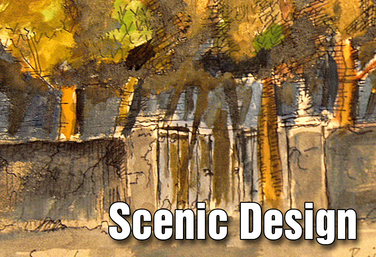
Part of the Drama One Curriculum
Scenic Design
by Karen Loftus
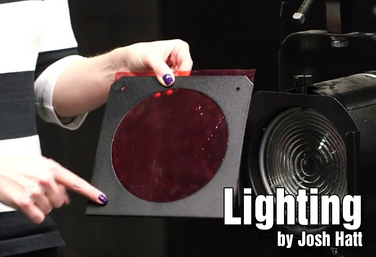
Part of the Technical Theatre Mini Units Curriculum
Lighting
by Josh Hatt
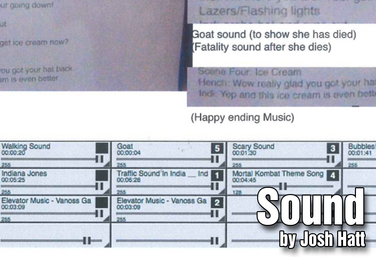
Part of the Technical Theatre Mini Units Curriculum
Sound
by Josh Hatt
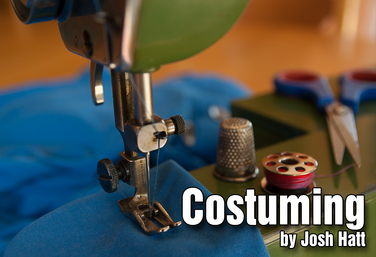
Part of the Technical Theatre Mini Units Curriculum
Costuming
by Josh Hatt
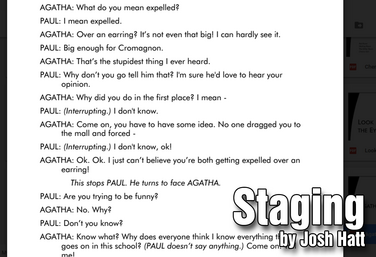
Part of the Technical Theatre Mini Units Curriculum
Staging
by Josh Hatt
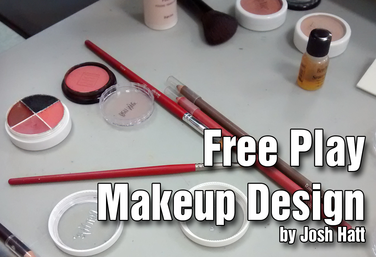
Part of the Technical Theatre Mini Units Curriculum
Free Play Makeup
by Josh Hatt

Part of the Technical Theatre Mini Units Curriculum
Culminating Project
by Josh Hatt
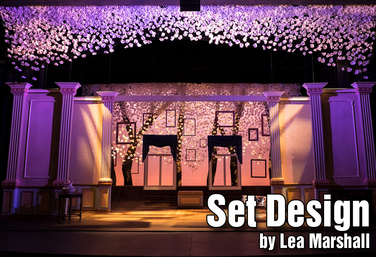
Introduction to Set Design *Hyperdoc
by Lea Marshall
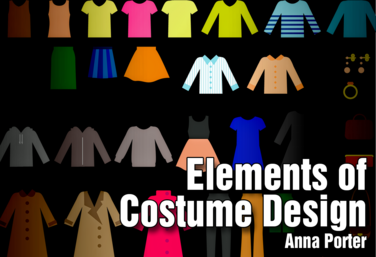
Elements of Costume Design *Hyperdoc
by Anna Porter
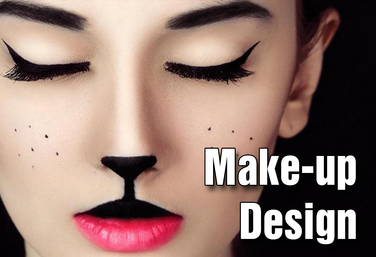
Part of the Stagecraft Without a Theatre Curriculum
Make-Up Design
by Karen Loftus and Josh Hatt

Part of the Stagecraft Without a Theatre Curriculum
Costume Design
by Holly Beardsley, Karen Loftus, and Josh Hatt

Part of the Stagecraft Without a Theatre Curriculum
Culminating Project
by Karen Loftus
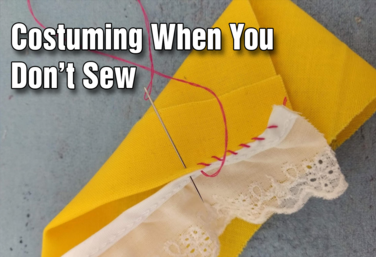
Tech Theatre Unit: Costuming When You Don't Sew
by Drama Teacher Academy
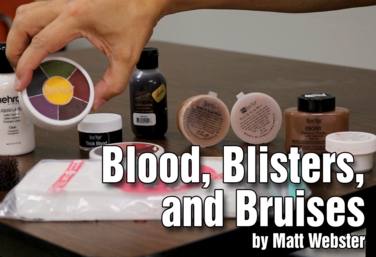
Blood, Blisters & Bruises Makeup
by Matt Webster

The Do-it-All Director's Introduction to Costuming
by Holly Beardsley

Concept-Based Design for the Theatre Teacher
by Matt Webster
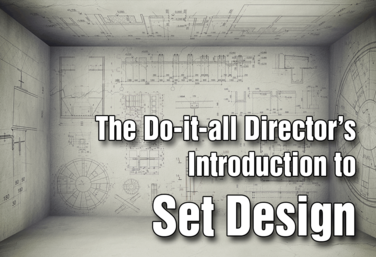
The Do-it-All Director's Introduction to Set Design
by Holly Beardsley
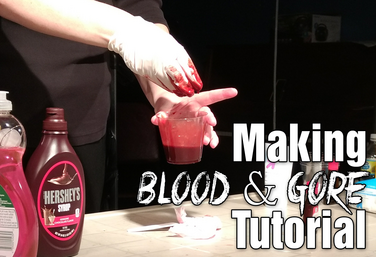
Making Blood and Gore Tutorial
by Linda Veneris
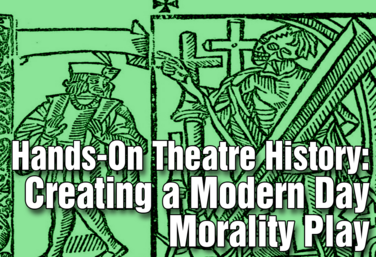
Hands-On Theatre History: Creating a Modern Day Morality Play
by Wendy-Marie Martin
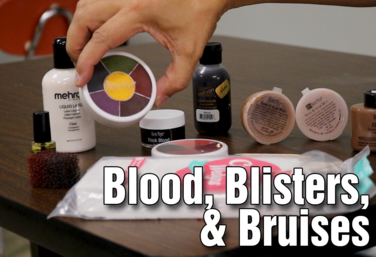
Blood, Blisters & Bruises
by Matt Webster
View all Standards for California VAPA Standards (2019) Standards Master List